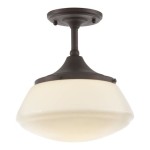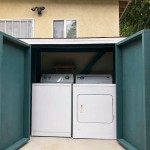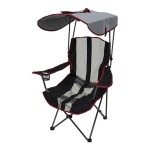Spiral Staircase for Outdoor Deck: A Guide to Design, Materials, and Installation
Spiral staircases offer a unique and elegant solution for connecting outdoor decks to upper levels. Their compact design and graceful curves make them an aesthetically pleasing addition to any outdoor space, while their practical functionality provides safe and convenient access between different elevations.
Design Considerations
When designing a spiral staircase for an outdoor deck, several factors should be taken into account:
Height and Width: Determine the necessary height and width of the staircase based on the elevation difference between the deck and upper level. The height should be measured from the top of the deck surface to the finished floor level above.
Materials: Choose materials that are suitable for outdoor use and can withstand the elements, such as galvanized steel, wrought iron, or aluminum. These materials are resistant to rust and corrosion, ensuring the staircase's durability over time.
Tread Type: Select tread designs that provide ample grip and traction, especially when exposed to rain or snow. Consider treads with a non-slip surface or open grating to allow water drainage.
Handrail Design: The handrail should provide secure support and meet building code requirements. Choose a design that complements the overall aesthetic of the staircase and provides a comfortable grip.
Materials and Finishes
Spiral staircases for outdoor decks are typically constructed from metal materials, offering durability and resistance to the elements. Common materials include:
Galvanized Steel: A highly durable and cost-effective option, galvanized steel provides excellent corrosion resistance. It can be painted or powder-coated in various colors to match the existing deck and exterior design.
Wrought Iron: Known for its strength and intricate designs, wrought iron offers a more traditional and decorative look. Wrought iron staircases often require regular maintenance and protective coatings to prevent rust.
Aluminum: Lightweight and corrosion-resistant, aluminum is a modern material that provides a sleek and contemporary aesthetic. Aluminum staircases are generally low-maintenance and require minimal upkeep.
Installation Process
Proper installation is crucial for the safety and longevity of a spiral staircase. The process typically involves the following steps:
Base Plate Installation: The base plate, which supports the bottom of the staircase, is securely anchored to the deck surface using bolts or concrete footings.
Riser and Tread Assembly: The risers (vertical components) and treads (horizontal components) are assembled and attached to the central pole of the staircase.
Handrail Installation: The handrail is installed along the outer edge of the treads, providing support and safety to users.
Final Inspection: Once the staircase is fully assembled, it should be thoroughly inspected to ensure it meets building codes, is level, and is securely fastened.

Spiral Staircases For Decks Patios Paragon Stairs

Outdoor Spiral Staircase Exterior Stairs

Spiral Staircases For Decks Patios Paragon Stairs

20 Amazing Decks With Spiral Staircase Designs Outdoor Design

Outdoor Spiral Stairs Exterior Staircases In Ct Nyc Acadia

Spiral Staircases Metal Wooden Floating More The Iron Shop

Steel Spiral Staircase Metal Stairs

How Much Does An Outdoor Spiral Staircase Cost Trusted Deck Builders Maintenance Free And Decking Material

Spiral Stairs For Deck Staircase Outdoor

Sculpt Spaces With Outdoor Spiral Staircases








